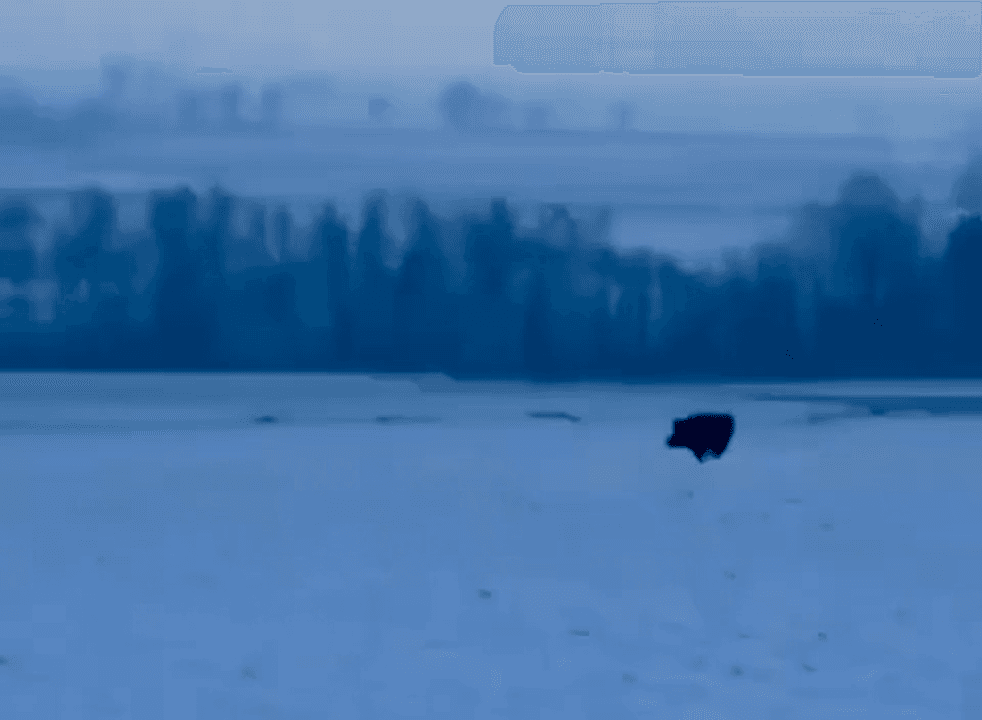
Caza en Navarra: Caza Responsable en los Pirineos Occidentales con una Combinación de Naturaleza Salvaje y Normativas Modernas Navarra, ubicada en el Norte de España, es una región única que atrae a los cazadores por sus diversos paisajes, su rica fauna y su larga tradición de caza. En este artículo analizaremos aspectos clave de la caza en Navarra que beneficiarán tanto a los cazadores locales como a los visitantes. Características geográficas y naturales de la región desde el punto de vista de la caza Navarra se caracteriza por una variedad de paisajes, desde las cordilleras de los Pirineos en el Norte hasta las llanuras y valles en el sur. La región se divide en tres zonas climáticas: 1. Zona montañosa: bosques densos, ríos y prados de alta montaña. Es el hogar de gamuza, corzos, ciervos y jabalíes. 2. Zona media: bosques mixtos y colinas. Es popular para la caza de caza menor, como liebres y perdices. 3. Zona sur (ribera): llanuras con tierras agrícolas. Aquí se cazan codornices, palomas y conejos. Gracias a esta diversidad, Navarra ofrece a los cazadores una amplia variedad de especies de caza y métodos de caza. Cazadores y demografía de la región Según el gobierno de Navarra, en la región se han registrado unos 30.000 cazadores. Esta es una cifra significativa para una región de poco más de 650, 000 habitantes. La mayoría de los cazadores son hombres de entre 35 y 65 años, aunque en los últimos años ha habido un aumento en el interés por la caza entre los jóvenes y las mujeres. Características de la caza La caza en Navarra tiene sus características únicas: - Carácter colectivo: muchos tipos de caza, como la caza de jabalíes, se llevan a cabo en grupos. - Uso de perros: los perros de caza, especialmente la raza perdiguero navarro, desempeñan un papel importante en la búsqueda y el corral de la caza. - Técnicas tradicionales: en la región se conservan antiguas técnicas de caza, como la caza con aves cazadoras (cetrería). Tipos de caza en la región. Animales de caza en la región En Navarra se practican los siguientes tipos de caza: 1. Caza de caza mayor: jabalíes, ciervos, corzos, gamuza. 2. Caza de caza menor: liebres, conejos, zorros. 3. Caza de aves: perdices, codornices, palomas, aves de corral. 4. Cetrería: menos común, pero se mantiene como un método tradicional. Temporadas de caza en la región Las temporadas de caza en Navarra están reguladas por las autoridades regionales y dependen del tipo de caza. Por ejemplo: - Caza de jabalíes: de octubre a febrero. - Caza de ciervos: de septiembre a enero. - Caza de aves: de octubre a febrero. Las fechas exactas pueden cambiar cada año, por lo que es importante aclarar la información antes de viajar. Asociaciones y clubes de cazadores en la región En Navarra existen numerosas asociaciones y clubes de caza que se dedican a la organización de la caza, la conservación de la naturaleza y la formación de nuevos cazadores. La organización más grande es la Federación Navarra de Caza, que coordina las actividades de los cazadores y organiza competiciones. Legislación de caza en la región La caza en Navarra está regulada tanto por la legislación nacional como regional. Para la caza es necesario: 1. Tener una licencia de caza válida. 2. Obtener permiso para cazar en una zona específica. 3. Cumplir con las cuotas de tiro y las normas de seguridad. La violación de la ley puede dar lugar a fuertes multas y confiscación de armas. Datos interesantes sobre la caza en la región 1. Caza de la gamuza Navarra es una de las pocas regiones de España donde se permite la caza de la gamuza. Este tipo de caza se considera de élite debido a la complejidad y la necesidad de un permiso especial. Las gamuza habitan en las zonas montañosas de los Pirineos y su captura está estrictamente regulada para preservar la población. 2. Perdiguero Navarro Esta raza de perros de caza fue criada en Navarra específicamente para la caza de aves. Los perros son conocidos por su resistencia, su agudo olfato y su capacidad para trabajar en condiciones difíciles de montaña. Todavía son utilizados activamente por los cazadores en la región. 3. Batidas La caza colectiva es popular en Navarra, especialmente el jabalí. Los cazadores se agrupan en grupos, usan perros para el corral y, a menudo, atraen a guías locales. Tal caza no solo es efectiva, sino que también fortalece los lazos sociales entre los cazadores. 4. Fiestas de caza La región alberga fiestas tradicionales de caza, como la Fiesta de la Caza, donde los cazadores exhiben sus trofeos, participan en competiciones de tiro e intercambian experiencias. 5. Caza de lobos En Navarra, al igual que en otras regiones de España, se permite la caza de lobos, pero solo en zonas estrictamente definidas y con estrictas regulaciones. Esto se debe a la necesidad de controlar la población de lobos, que puede amenazar al ganado. 6. Caza y vinificación Navarra es conocida por sus viñedos y producción de vino. Muchas granjas de caza combinan la caza con la degustación de vinos locales, lo que hace que un viaje a la región sea aún más atractivo. La caza en Navarra no solo es una oportunidad para obtener un trofeo, sino también una oportunidad para sumergirse en la cultura única de la región. Respetando las leyes y la naturaleza, podrá disfrutar de esta antigua artesanía en uno de los rincones más pintorescos de España. #caza #cazadores #cazamayor #cazadelvenado #montería #cetrería #ciervo #jabalí #cazaconperros #cazadecorral #perdizroja #conejo #clubdecazadores #cazadegalgos #navarra
Post: 15 May 14:08





































